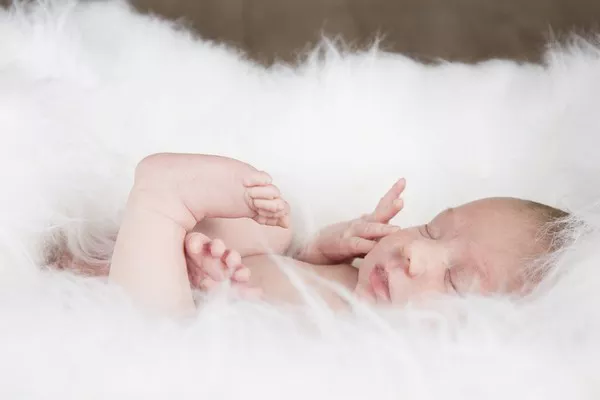FAQs
Do newborns cry if they are cold?
Yes, newborns often cry when they’re cold. It’s one of their ways to communicate discomfort or distress. Cold can be unsettling for them, so crying is a natural response to signal their need for warmth.
How do newborns act when they are cold?
Newborns may exhibit certain behaviors when they’re cold, such as fussiness, shivering, or curling up tightly. They might also have cold extremities, like hands and feet. These signs indicate that they’re feeling chilly and need to be warmed up.
How do I know if my baby is cold at night?
To tell if your baby is cold at night, check for cues like cool skin, fussiness, or waking frequently. Feel their chest or back to gauge their body temperature. Using appropriate clothing and keeping the room comfortably warm can help ensure your baby sleeps soundly without getting too cold.
Related topics:
- When Do Cold Symptoms Peak? Progression, Management & Prevention
- Clearing a 2-Month-Old’s Stuffy Nose: A Comprehensive Guide
- The Journey from Cold to RSV: A Comprehensive Guide


